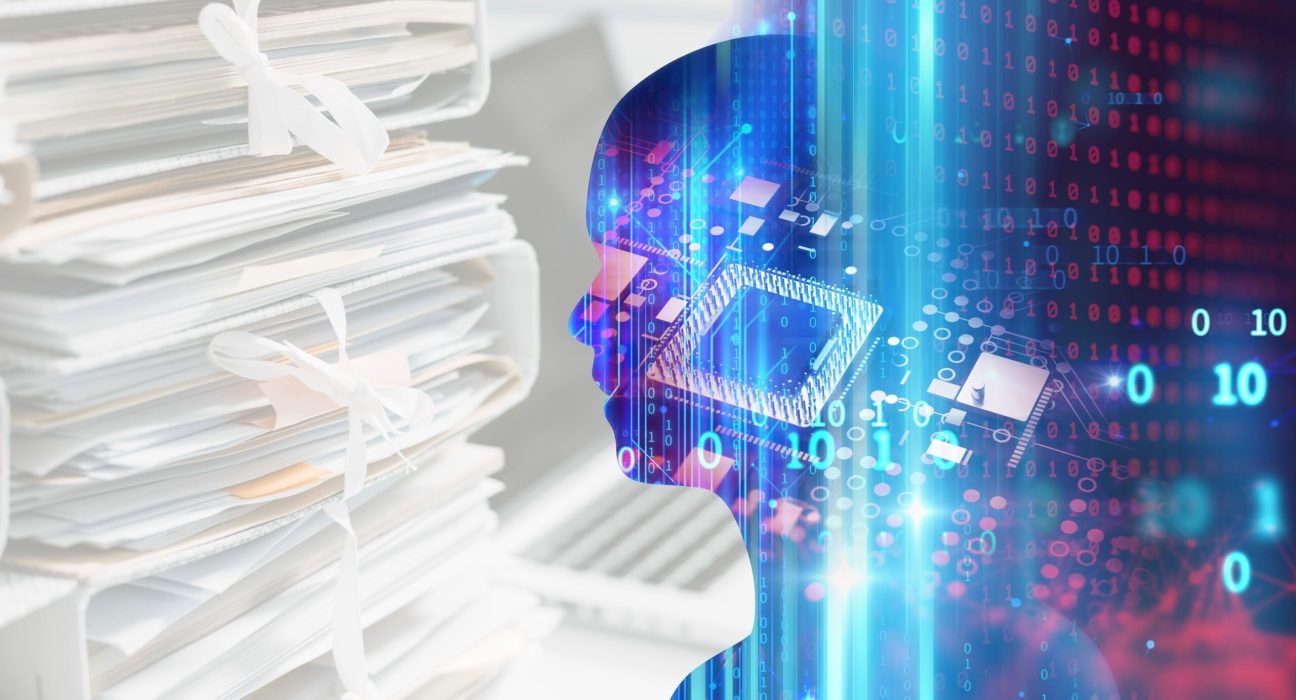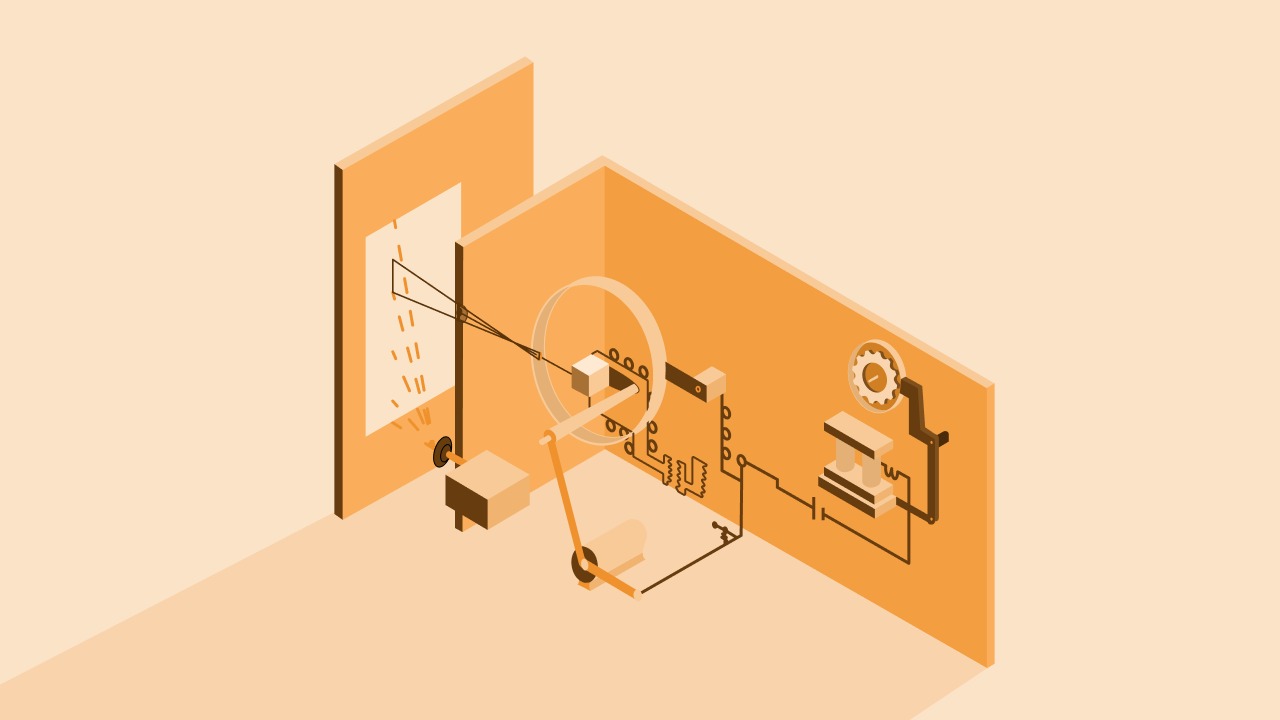As the world continues to advance in the realm of technology, Optical Character Recognition (OCR) has proven itself to be an invaluable tool in various industries. Over the past decade, OCR technology has come a long way, transforming the way we handle documents, data extraction, and information management. In this article, we will delve into the future prospects of OCR technology, exploring the trends and innovations that are poised to shape its trajectory in the coming years.
Evolution of OCR Technology
Before we dive into the future, let’s briefly recap the evolution of OCR technology. OCR, initially developed in the mid-20th century, was primarily used for reading machine-printed text. However, recent advancements have extended its capabilities to recognize handwritten text, various fonts, and even complex layouts. This evolution has enabled OCR to become an indispensable tool across industries such as finance, healthcare, legal, and more.
The Role of Artificial Intelligence
Artificial Intelligence (AI) has been a driving force behind the recent advancements in OCR technology. Machine learning algorithms have made OCR systems smarter and more accurate than ever before. They can now adapt to various fonts, languages, and document formats, making them versatile tools for businesses of all sizes. The integration of AI has also enabled OCR systems to continuously learn and improve their accuracy, reducing the need for manual corrections.
Enhanced Multilingual Support
One of the exciting prospects for OCR technology is its enhanced multilingual support. In a globalized world, businesses frequently deal with documents in multiple languages. OCR systems of the future will be equipped to handle a wide range of languages seamlessly. This development will be particularly beneficial for international companies and organizations dealing with multilingual documents on a daily basis.
Improved Data Extraction
OCR technology’s primary function is to convert printed or handwritten text into machine-readable data. The future of OCR promises even more accurate and efficient data extraction capabilities. Enhanced natural language processing (NLP) algorithms will enable OCR systems to not only recognize text but also extract meaningful insights and context from the extracted data. This will empower businesses to make more informed decisions based on the information they gather.
Cloud-Based OCR Solutions
Cloud computing has revolutionized the way businesses store and access their data. Similarly, OCR technology is shifting towards cloud-based solutions. This trend allows for greater accessibility and scalability. Users can perform OCR tasks from any device with an internet connection, and businesses can easily scale their OCR capabilities as their needs grow. Cloud-based OCR solutions also offer enhanced security and data backup features, ensuring the safety of sensitive information.
Document Layout Recognition
OCR technology has traditionally struggled with complex document layouts, such as invoices, forms, and tables. However, the future of OCR holds promising developments in document layout recognition. Advanced algorithms will enable OCR systems to accurately identify and maintain the formatting of complex documents. This will save businesses considerable time and effort in manual data entry and formatting.
Mobile OCR Applications
The proliferation of smartphones has opened up new possibilities for OCR technology. Mobile OCR applications are becoming increasingly popular, allowing users to capture and extract text from images using their smartphone cameras. These applications are particularly valuable for professionals on the go, enabling them to digitize printed material effortlessly.
Enhanced Integration with Workflow Automation
In the future, OCR technology will be seamlessly integrated into workflow automation systems. This integration will enable businesses to automate document processing tasks, reducing human intervention and minimizing errors. OCR-driven workflow automation will streamline processes across industries, from invoice processing to medical record management.
Improved Accessibility
As technology continues to evolve, accessibility remains a crucial consideration. Future OCR solutions will prioritize accessibility features, ensuring that individuals with disabilities can easily interact with documents. This includes support for screen readers and text-to-speech capabilities, making information more accessible to everyone.
Conclusion
The future of OCR technology is filled with exciting prospects and innovations. From enhanced multilingual support to improved data extraction and mobile applications, OCR is poised to play a central role in the way businesses manage and process information. As AI continues to advance, OCR systems will become more accurate and adaptable, further transforming industries across the globe. The integration of OCR into cloud-based solutions and workflow automation will usher in a new era of efficiency and productivity. As we look ahead, it’s clear that OCR technology will continue to evolve, shaping the way we interact with printed and handwritten text in a digital world.




